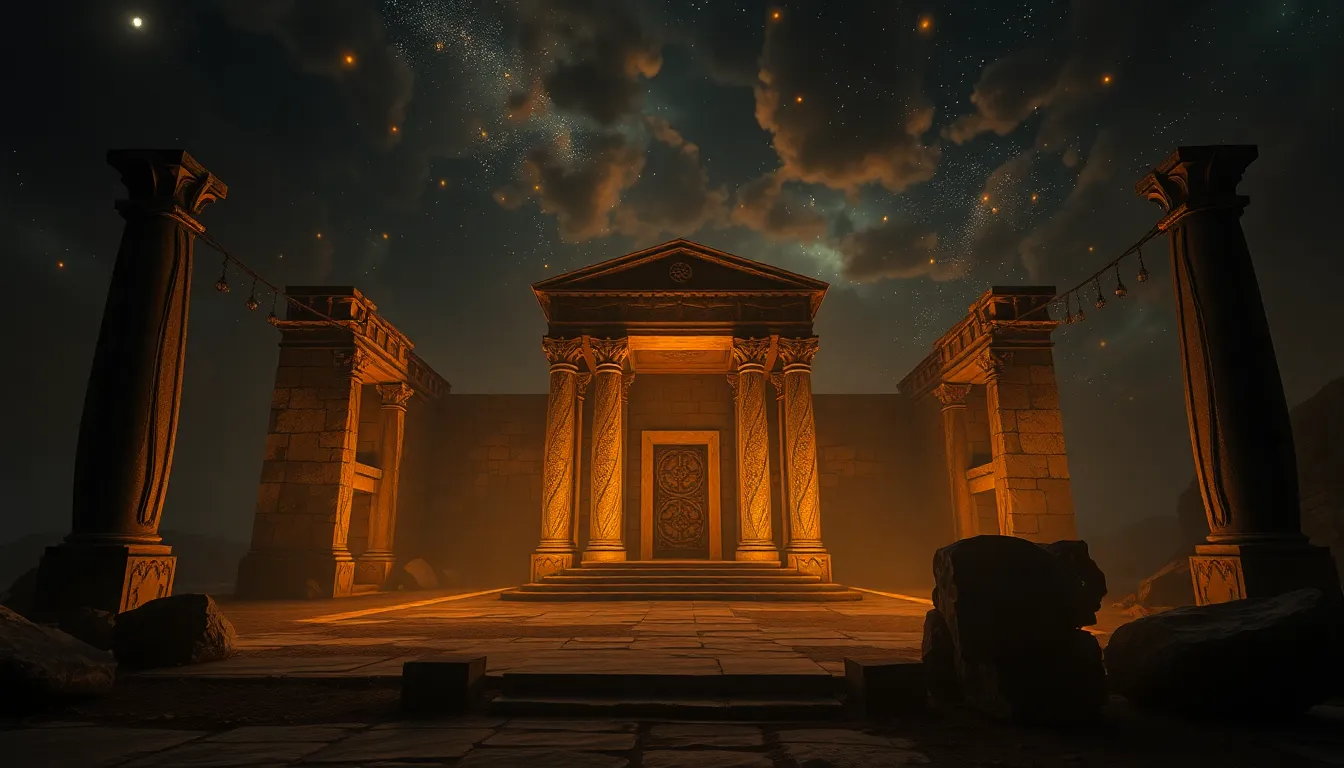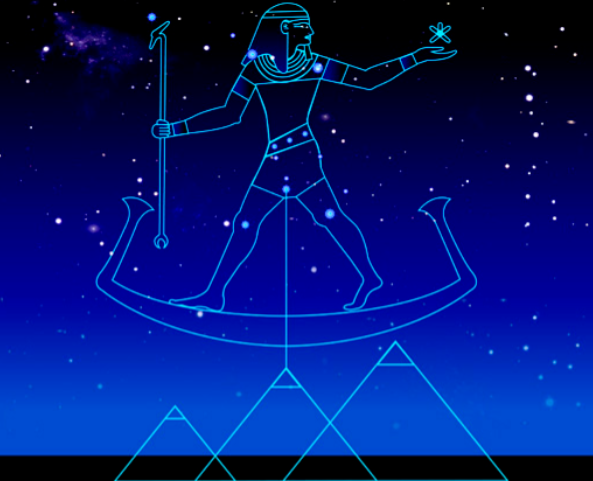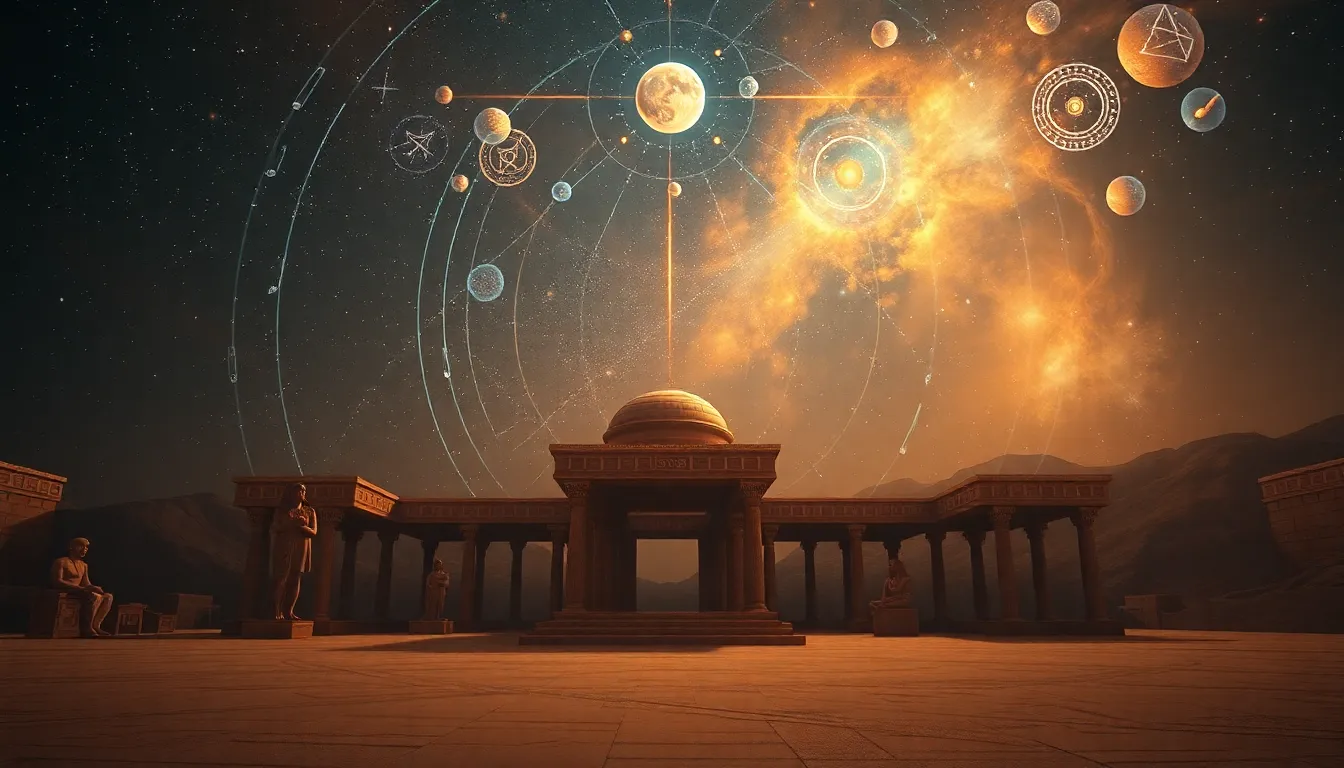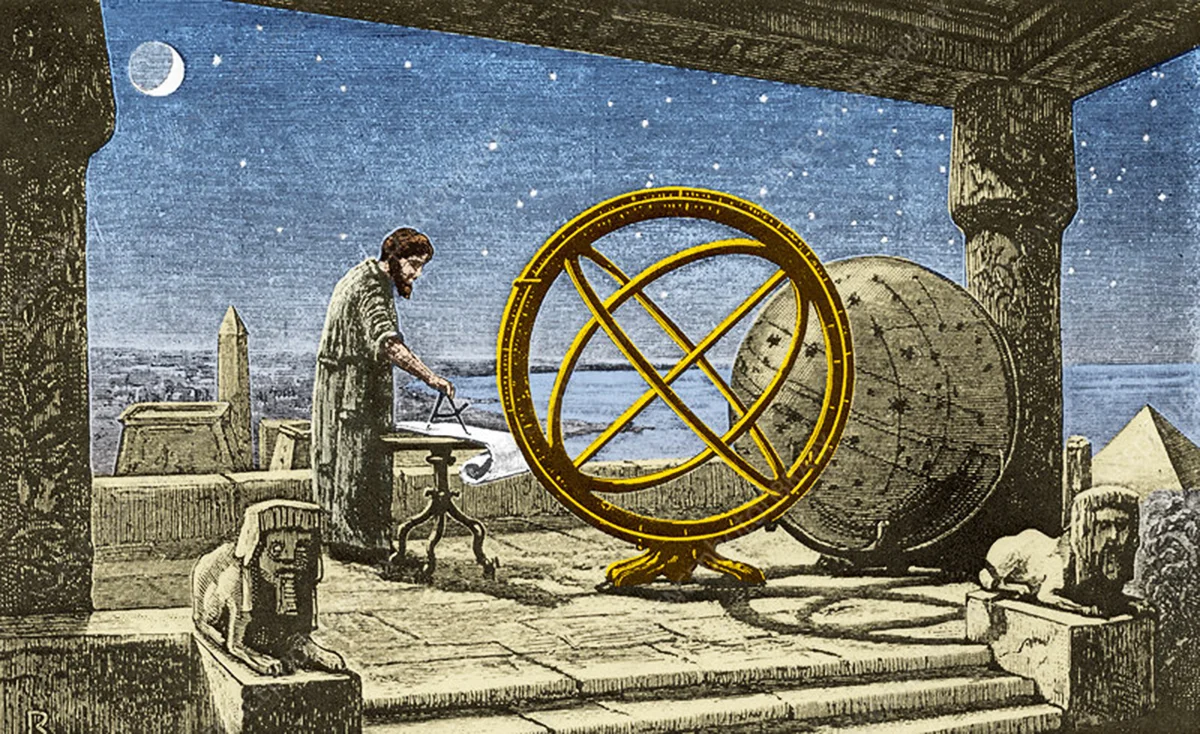Encoded in Light: Solar and Lunar Calendars of the Ancients
Long before mechanical clocks or written calendars, ancient civilizations tracked time through light, shadow, and the eternal dance between the Sun and the Moon. Across continents, the stones themselves became instruments of measurement.
The precision of ancient solar and lunar calendars reminds us that humanity once understood time not as numbers, but as light moving through sacred space.
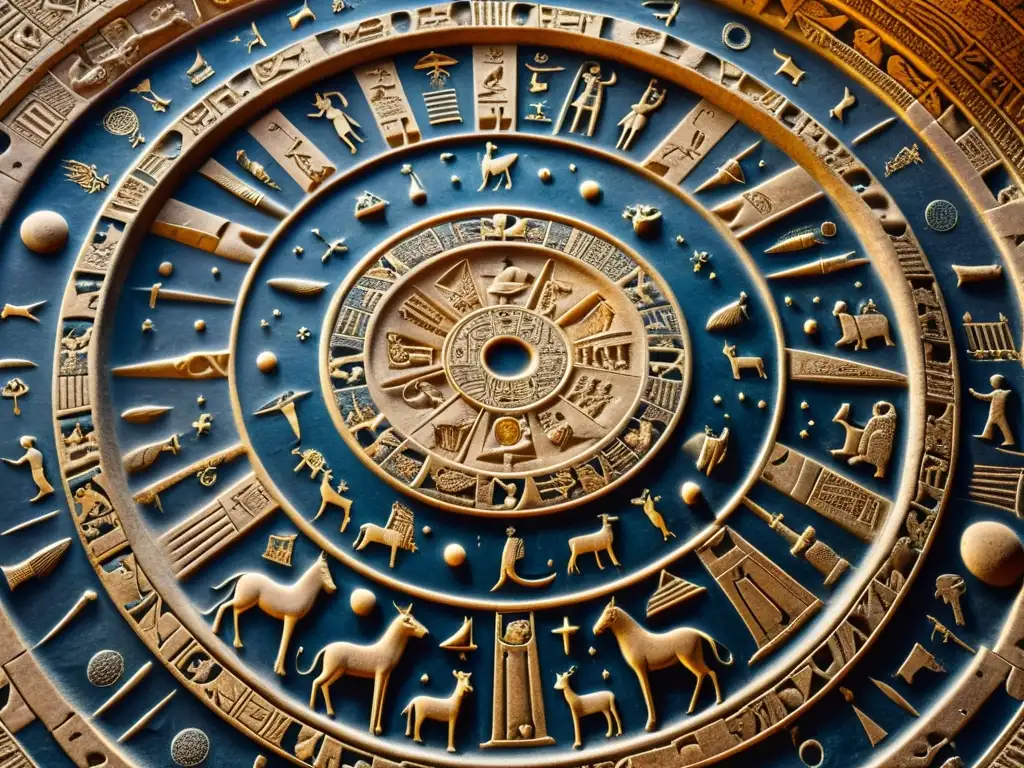
The Sun as the Great Regulator
For early agrarian societies, the Sun dictated survival — when to plant, harvest, and celebrate renewal. The ancients embedded this awareness in architecture.
At Stonehenge, the midsummer sunrise pierces the circle through the Heel Stone, marking the year’s longest day.
In Egypt, the rising Sun illuminates the innermost chamber of the Temple of Abu Simbel twice a year, on dates believed to correspond to the pharaoh’s birth and coronation — a cosmic affirmation of divine rule.
In Chichén Itzá, during the equinox, sunlight and shadow animate the pyramid of Kukulcán, forming a serpent of light descending the stairs — an astronomical performance encoded in stone.
These sites are not just monuments; they are solar observatories, calibrated to the heavens with millimetric accuracy.
The Lunar Mysteries
While the Sun measured the agricultural cycle, the Moon guided spiritual and ritual calendars.
The ancient solar and lunar calendars often intertwined — a dance of cycles that united sky and society.
In Mesoamerica, the Mayan calendar combined the 365-day solar year (Haab’) and the 260-day sacred cycle (Tzolk’in) to create a 52-year Calendar Round — a cosmic reset.
In Britain, the Callanish Stones and Newgrange reveal lunar alignments that mark the 18.6-year lunar standstill, a cycle so subtle it required generations of observation.
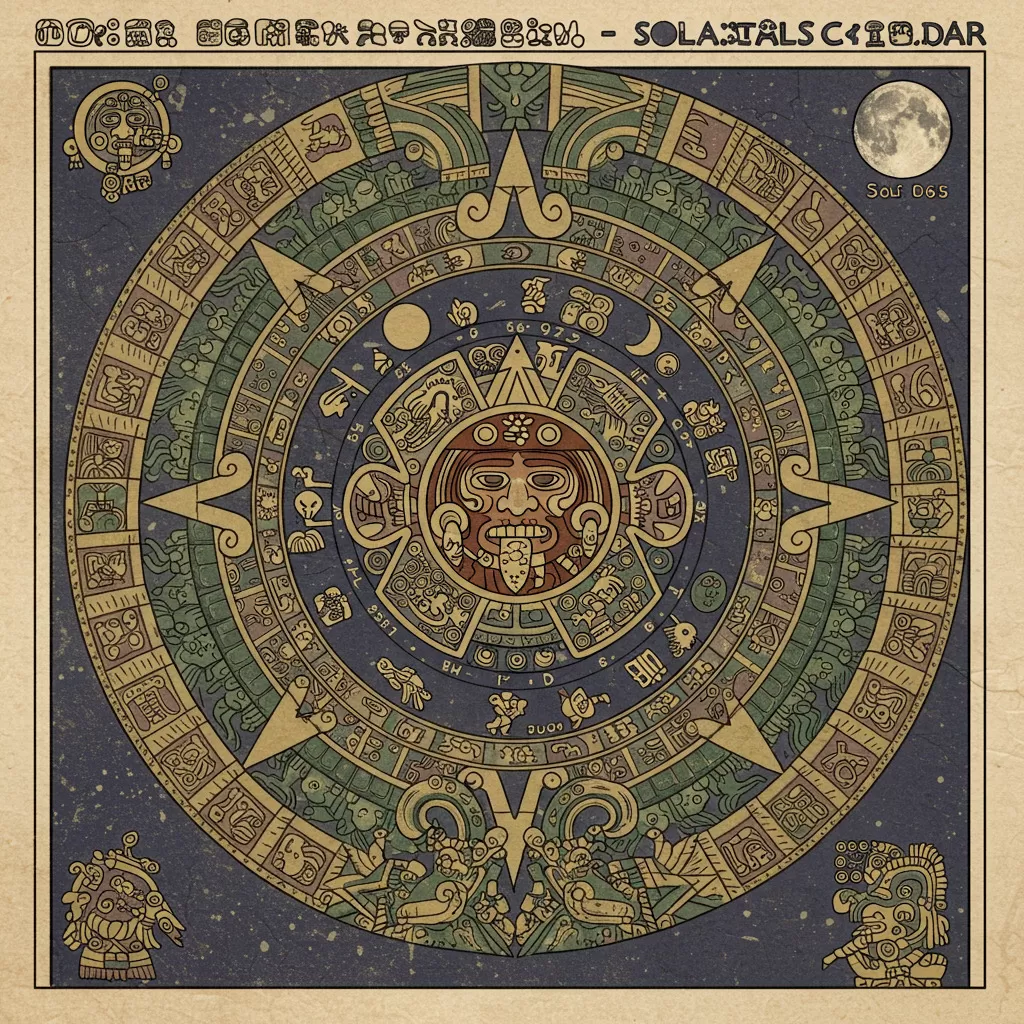
These alignments suggest not only astronomical knowledge but cultural continuity — the Moon as a link between earthbound existence and celestial cycles of rebirth.
From Gobekli Tepe to Machu Picchu: Time Carved in Stone
At Göbekli Tepe, circles of T-shaped pillars may represent star and lunar patterns — evidence of cosmic awareness as early as 10,000 BCE, long before the rise of settled civilization.
Thousands of years later, in the Andes, Machu Picchu’s Intihuatana Stone — “the hitching post of the Sun” — casts no shadow during the equinox, anchoring solar movement in a single timeless gesture.
These enduring observatories demonstrate a global phenomenon: humans, separated by oceans, spoke a shared language of light.
The Sacred Geometry of Time
The ancients viewed geometry as the key to understanding divine order. The positioning of temples, pyramids, and circles reflected not only cosmic events but mathematical precision tied to the solar and lunar cycles.
For example:
-
The Great Pyramid of Giza encodes the length of the solar year within its base perimeter and height ratio.
-
Stonehenge’s layout predicts eclipses through the alignment of its 56 Aubrey holes.
-
Mayan observatories like El Caracol tracked Venus and lunar conjunctions, revealing a grasp of celestial mechanics rivaling modern astronomy.
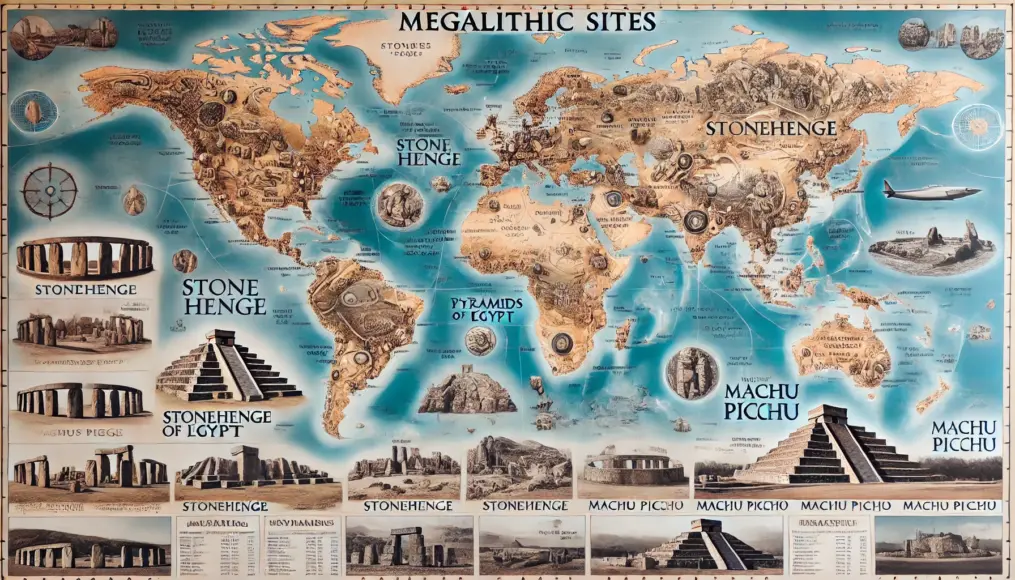
Forgotten Knowledge, Hidden in Light
Much of this knowledge faded with time — temples buried, languages lost, and knowledge burned in the fires of conquest and cataclysm. Yet, when modern astronomers reexamine these sites, the evidence shines through again.
Could it be that the ancients, through observation and devotion, achieved a unity of science and spirituality we have yet to rediscover?
Were they trying to remind us that time is not a human invention — but a cosmic pulse, still beating in the stones?
Key Concepts
-
Ancient solar and lunar calendars were embedded in architecture.
-
Light and shadow served as natural markers of time.
-
Global synchronization hints at shared astronomical knowledge.
-
Geometry and orientation reflect celestial cycles.
-
Lost knowledge may hold insights into human origins and cosmic connection.
Additional readings
-
Starlight Over Stone: The Global Language of Archeoastronomy
-
Aveni, A. Skywatchers: A Revised and Updated Version (2001)
-
Krupp, E.C. Echoes of the Ancient Skies (1994)
-
Hancock, G. Magicians of the Gods (2015)
-
Science News – “Lunar Cycles and Ancient Observation”
-
Smithsonian – “Light, Architecture, and the Ancient Calendar”

